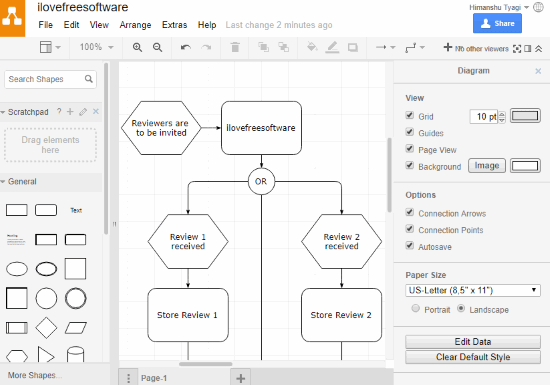



Keywords: Multi drug resistance, Wound infection, Jimma, Ethiopia Periodic monitoring of etiology and antimicrobial susceptibility in areas where there is no culture facility is essential to assists physician in selection of chemotherapy. Such widespread resistance to antimicrobial classes is something serious because a few treatment options remain for patients with wound infections. Proteus species was the predominant isolates (27.9%) followed by P.aeruginosa and S.aureus (19.3%) and (19%) respectively.Ĭonclusion: This study indicated that, the overall rate of MDR bacterial pathogens that caused wound infection was very high and many of the isolates were also identified as resistant to three or more classes of antimicrobials. About (76.7%) of S.aureus was Oxacillin/Methicillin resistant while (16.4%) were Vancomycin resistant. Surprisingly, the average MDR rate for Citrobacter sp was 100%. Nearly, 30.8% of Proteus sp, 32.6% of Klebsiella sp and 61% of Citrobacter sp were resistance to 4 classes each. The average MDR rate of Proteus, Klebsiella, and Providencia species was 74.8%, 69.6% and 75% in that order. Nearly 30.1% of S.aureus was resistant to six classes of antimicrobials. About, 86.2% S.aureus and 28.6% of Coagulase negative Staphylococci became MDR. Results: The overall MDR among gram positive and gram negative bacterial isolates were (77%) and (59.3%) respectively. The data was analyzed for descriptive statistics using SPSS version 16 and Microsoft Excel. Multidrug-resistance test was performed by disk diffusion method against 10 classes of antimicrobials. Bacteriological culture and examination was done following standard microbiological techniques. Swabs from surgical incisions, burns, abscess and traumatic wounds were collected aseptically using Levine's technique. Methods: A Hospital based cross-sectional study was conducted on 322 wound samples taken from consecutive patients seen at inpatient and outpatient department of Jimma University Specialized Hospital from June to December 2011.

Objective: The aim of this study was to determine multidrug-resistance rate of bacterial isolates that caused wound infections. The effectiveness of currently available antmicrobial drugs is decreasing due to the increasing number of resistant strains causing infections so that available therapeutic options for such organisms are severely limited. Multidrug-resistant bacterial isolates in infected wounds at Jimma University Specialized Hospital, Ethiopiaīackground: The term 'Multidrug-resistant' (MDR) applies to a bacterium that is simultaneously resistant to a number of antimicrobials belonging to different chemical classes.


 0 kommentar(er)
0 kommentar(er)
